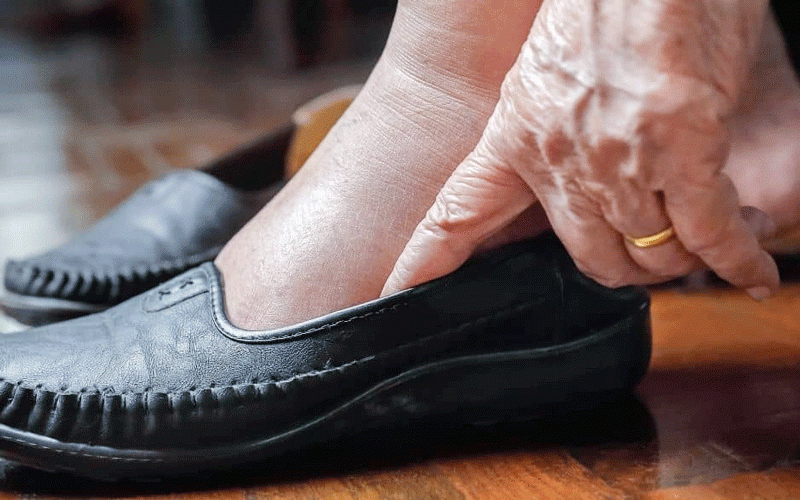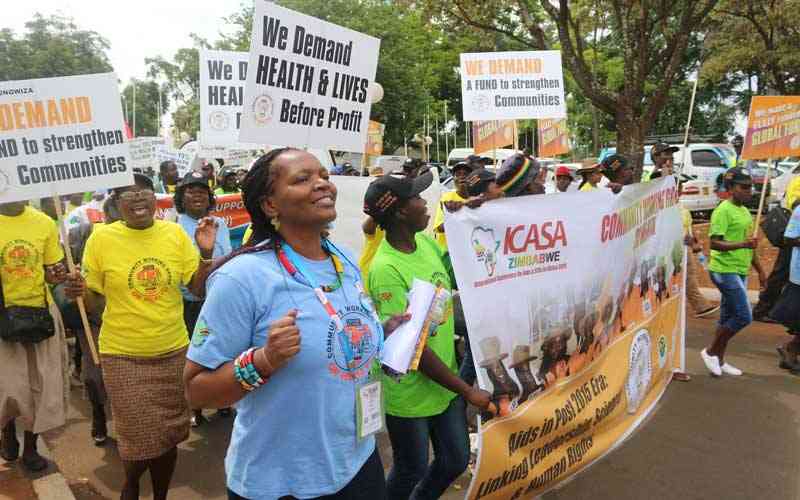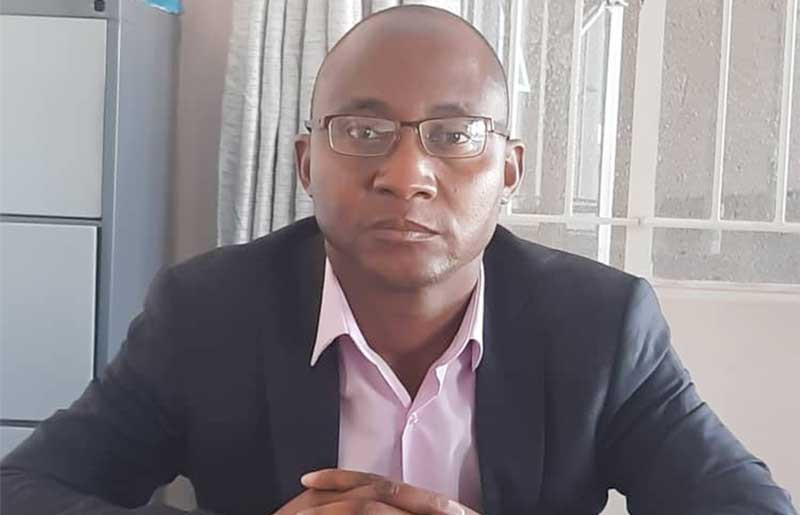
And it could be life-changing for people in developing countries, said Ronald Dougherty, chairman of the KU mechanical engineering department.
Under Dougherty’s direction, four engineering students designed and built the object, which sterilises medical instruments by using solar energy. It’s specifically for a doctor who is working in Sanyati, Zimbabwe, where electricity is scarce.
“They didn’t want to do another washing machine or something like that. They wanted to do something that would have a big impact on the lives of people,” Dougherty said.
The students — Kayla Dill, Stewart Bernard, Brian Hatesohl and Travis Rowe — worked on the project during the past year as part of a senior design course.
They landed the project because Dougherty and Scott Hoffman, a Honeywell engineer, crossed paths at the right time. Dougherty was looking for class projects, and Hoffman needed assistance to help Mark Byler, a friend and medical missionary in Zimbabwe who needed a reliable autoclave.
After some research, Hoffman quickly realised that the project would be too time-consuming for him. So he’s glad the KU students took on the challenge.
“It’s difficult for us to comprehend how terrible it is over there under the government,” Hoffman said. “If you have a broken leg or need to deliver a baby and there’s no electricity at the moment to sterilise the instruments, you are kind of screwed.”
That’s why Hoffman is passionate about the autoclave project and is funding it. So far, it has cost US$1 500.
- Chamisa under fire over US$120K donation
- Mavhunga puts DeMbare into Chibuku quarterfinals
- Pension funds bet on Cabora Bassa oilfields
- Councils defy govt fire tender directive
Keep Reading
An autoclave sterilises instruments by subjecting them to extreme temperatures that viruses, bacteria and other micro-organisms can’t survive. To ensure sterilisation, instruments must be in the autoclave at temperatures above 285 degrees Fahrenheit for at least three hours.
Currently, Byler uses an autoclave powered by electricity, but it’s spotty and unreliable. Diesel fuel is scarce and costly, and there’s no nearby water source suitable to supply the autoclave with hydro-electric power.
Byler also requested that the autoclave be environmentally friendly, which meant it couldn’t burn products such as wood. That left solar energy.
Dougherty said the students did a lot of research on solar power and medical applications, among other things. He said they never came across another solar-powered autoclave.
The students’ autoclave is operational, but Dougherty said it needed more testing and fine-tuning, and Hoffman has agreed to continue to fund it. So Dougherty will be looking for another group of students to work on it during the upcoming school year.
“The main goal is to make sure that it is appropriate for the people over in Zimbabwe. We want to make sure that there are no questions, no issues. That there’s a good manual so they know how to assemble it, repair it and run it,” Dougherty said. “We want to make sure it operates as perfectly as possible for them.”
He anticipates they will have one ready to send to Zimbabwe by next May. —Lawrence Journal World











